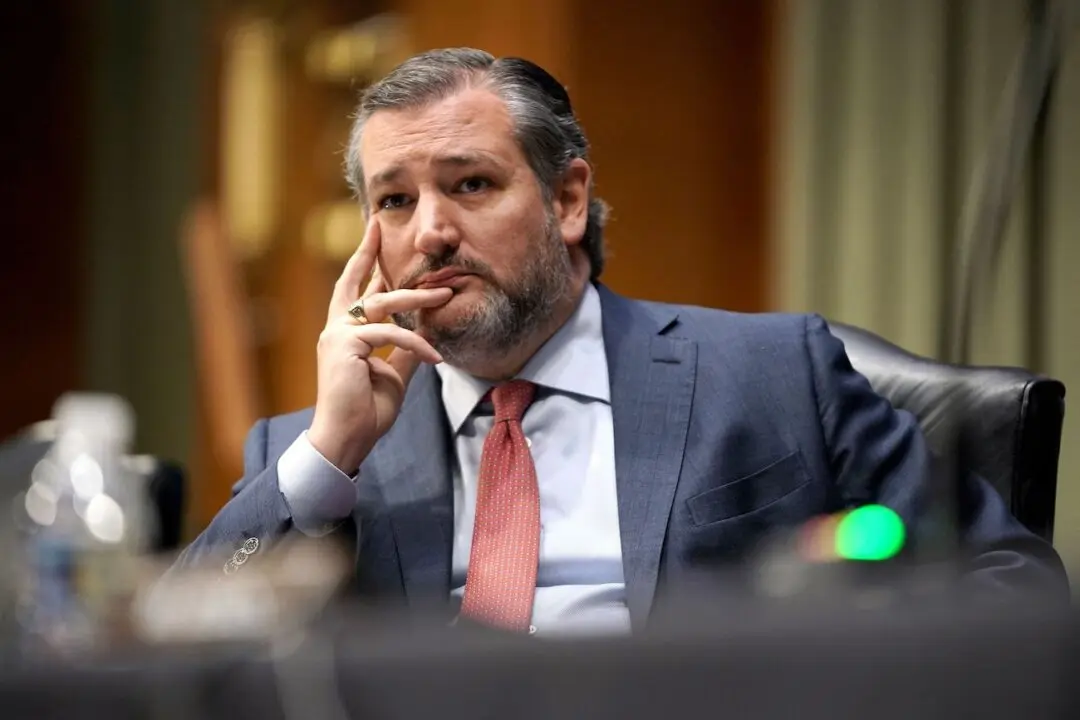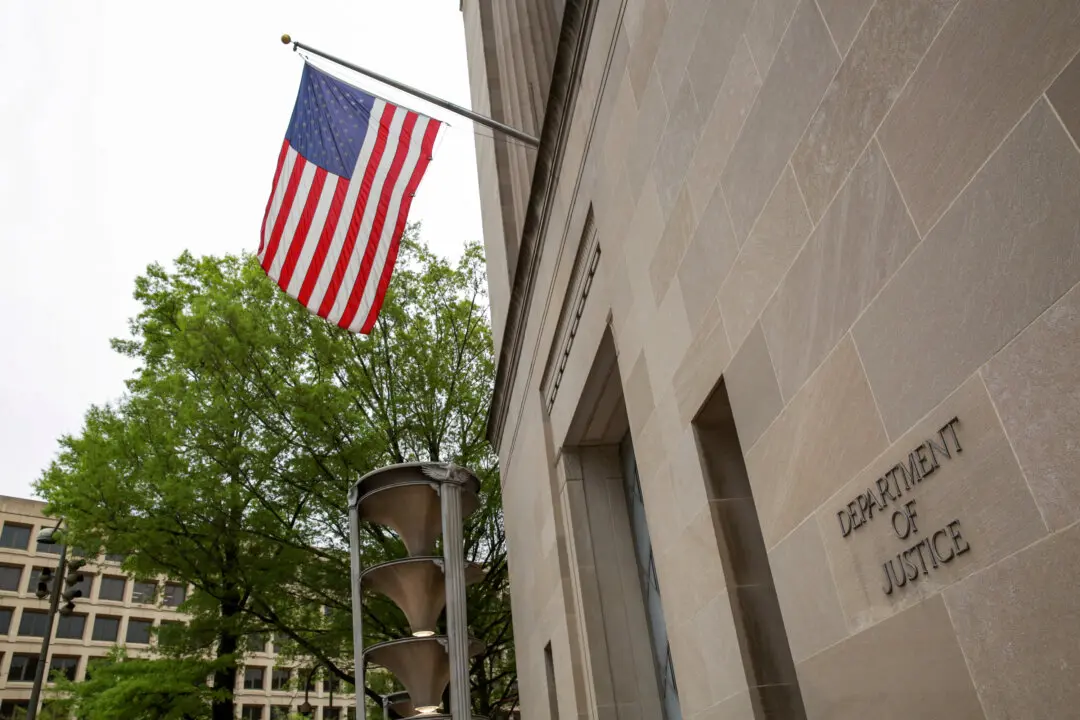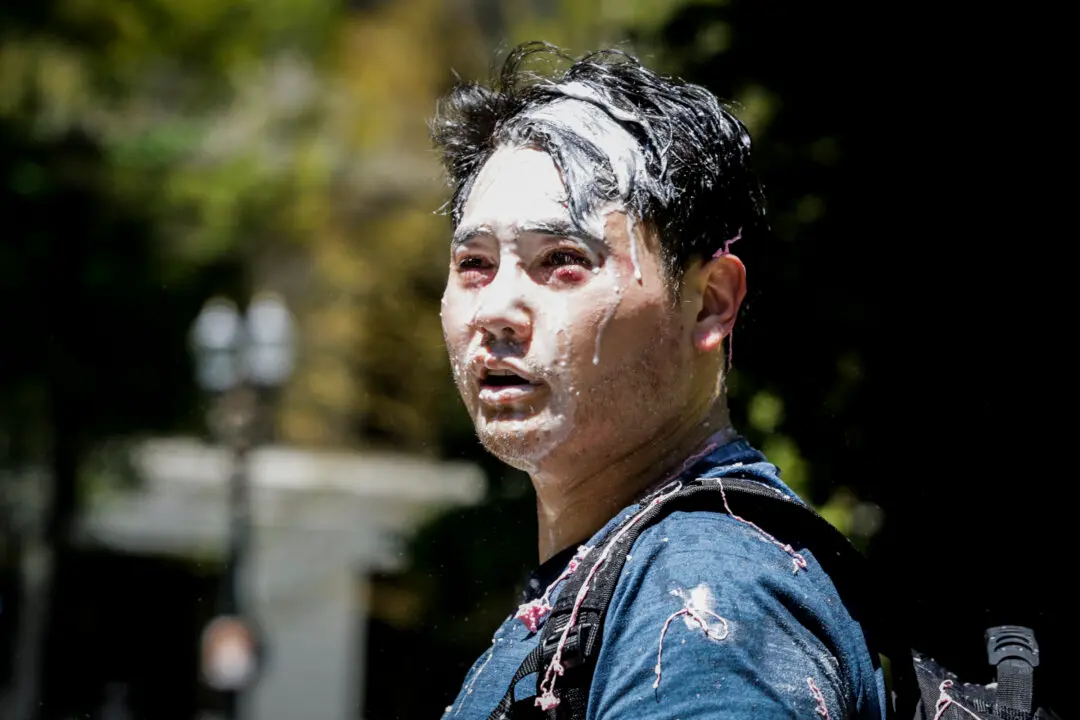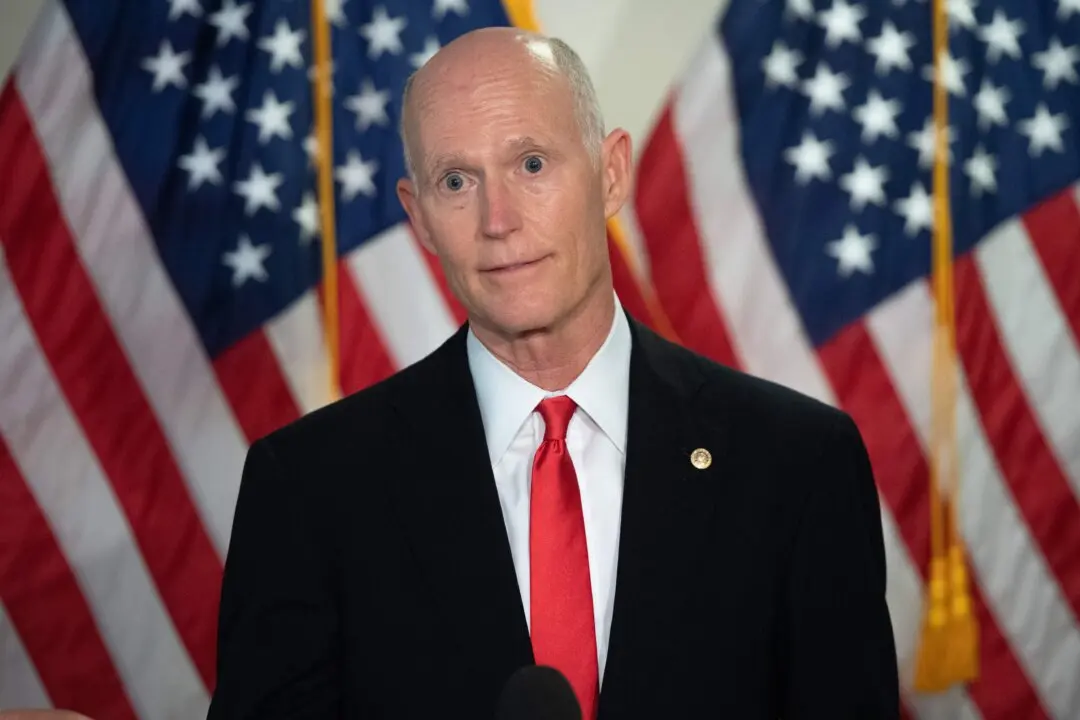A federal appeals court has granted a request by the Trump administration to send asylum-seekers back to Mexico while they wait for a court to process their claims—a temporary victory for the president on the issue of immigration.
The Ninth Circuit Court of Appeals on May 7 reversed a decision by a San Francisco judge that would have blocked the policy. In their ruling, the judges approved the policy (pdf), partly due to the Mexico government’s commitment to ensure the safety of asylum seekers who are returned to that country.




